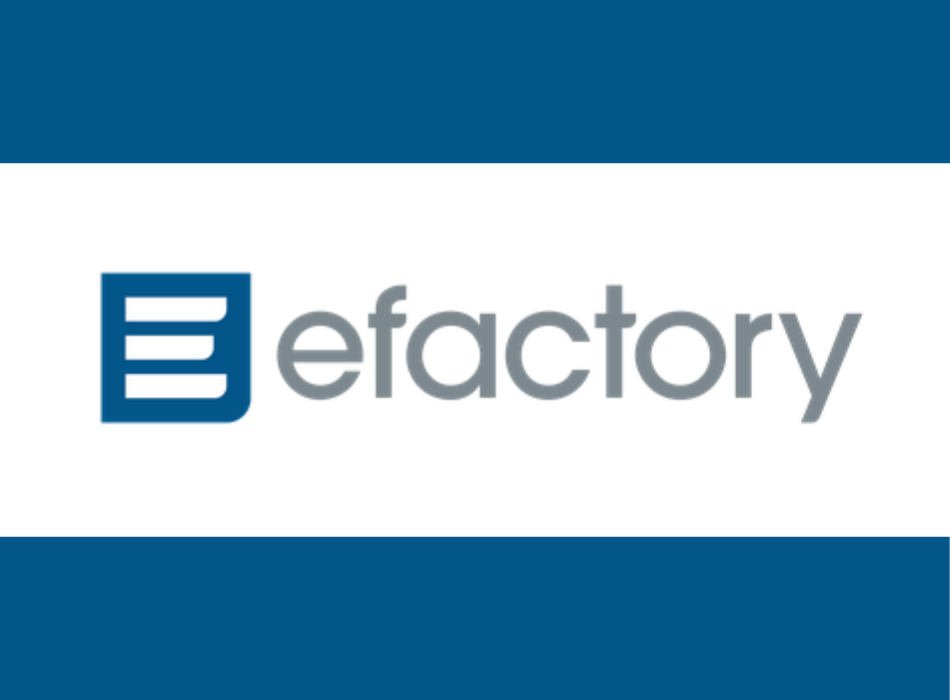by Mahalia Boyd,
UniteNews Contributing Writer
Springfield, MO—Credit cards are one of the most common financial products in our country, providing the bulk of short-term credit for families. Interest rates on credit cards have risen substantially. According to a recent article on the consumerfinance.gov website, the average interest rates are going well over 20%. Current trends for 175 million Americans with credit cards, estimates suggest that outstanding credit card debt may continue to set records and could hit $1 trillion.
Here are a few suggestions for lowering the stress level and reducing the symptoms our finances can bring. Create a budget by starting to analyze your monthly income and expenses to create a realistic budget. This will help you to understand where your money is going and identify areas where you can cut back to allocate more funds toward not only credit-card debt but all debts.
Prioritize payments by listing all your credit card debt and their interest rate. We recommend paying off the card with the highest interest rate first, then moving on to the next. The sense of accomplishment from paying off in full can motivate you to tackle the remaining balances. Additionally, negotiate for lower rates then more of your payment will go towards the principal. Transfer high-interest credit card balance to a card with 0% or low introductory interest rate. However, be cautious of transfer fees; they range from 3%-5%. And, make sure you can pay off the balance before the introductory period ends.
Cut unnecessary expenses by reviewing your entire family budget and identify discretionary expenses that can be temporarily cut or at least minimized. Redirect the money that is uncovered toward the credit card debt.
Anytime there is an opportunity to pay down your debt through tax refunds, bonuses, or monetary gifts should be directed toward your credit card debts. Avoid the temptation to splurge. Instead, use these funds to make a dent in your highest-interest debt.
If your credit card debt is overwhelming, consider reaching out to a credentialed or licensed professional who can provide guidance and advice on debt stacking principles.
An additional suggestion for erasing your debt burden include the following:
- Boost your income by exploring other income options part-time by checking out the financial services field. Middle-income Americans can learn to educate, coach, and navigate principles known by the banking environment.
Starting to eliminate credit card debt involves a combination of strategic financial planning, disciplined budgeting, and smart decision-making.
By prioritizing your credit card debts (highest to lowest interest rate), examining the debt stacking concepts, and making adjustments to the spending habits you uncover in your monthly budget, you CAN begin to control your finances and work toward a debt-free future.
Consistency, discipline, and determination are a few keys to tackling credit-card debt. Primerica provides a complimentary, digitally superior Financial Needs Analysis (FIN) roadmap explaining components necessary for proper protection, debt freedom, and financial independence.





